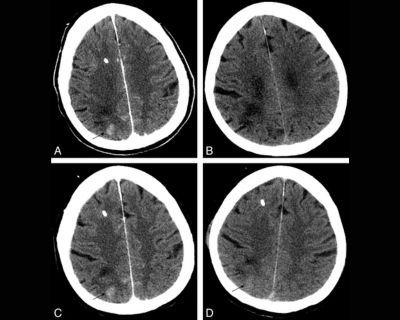Opening hours
| DR.KIRTI | |
| Mon-Sat : | 11am - 3pm |
| Evening : | 5pm - 7pm |
| Sunday : | 11am - 1pm |
| DR.AMBUJ | |
| Mon-Sat : | 9am - 10am |
| Evening : | 5pm - 7pm |
| Sunday : | with prior appointment only |
CONTACT INFO
- 1st floor, Aryan complex, Opp to panchwati ratnalaya, Gola road, Patna 801503
- +91 9934380782
- drambuj21@gmail.com

Aneurysm Coiling
-
Aneurysm coiling is a minimally invasive neurointerventional procedure using platinum coils to treat and prevent the rupture of brain aneurysms.
Description
-
Aneurysm coiling, also known as endovascular coiling, is a highly specialized and minimally invasive procedure used to treat cerebral aneurysms, which are weak spots or bulges in the blood vessels of the brain. As a doctor, I want to provide you with a comprehensive understanding of this treatment.
1. Diagnosis and Evaluation:
Before proceeding with coiling, we first perform a thorough evaluation of the aneurysm. This typically involves advanced imaging techniques such as angiography and sometimes non-invasive methods like magnetic resonance angiography (MRA) or computed tomography angiography (CTA). We assess the size, shape, location, and the risk of rupture associated with the aneurysm. This information helps us determine the most suitable treatment approach.
2. Preparing for Coiling:
Once we decide that coiling is the best option, we will explain the procedure in detail and address any questions or concerns you may have. You will likely need to fast for several hours before the procedure, and we will discuss any necessary medications or adjustments to your current medications.
3. The Coiling Procedure:
The coiling procedure is typically performed in an interventional radiology suite or angiography suite. It does not require a traditional open surgery. Instead, a small incision is made, usually in the groin area, and a thin catheter is inserted into the femoral artery. Guided by real-time fluoroscopy and advanced imaging, the catheter is carefully navigated through the arteries to reach the site of the aneurysm.
4. Coiling the Aneurysm:
At the aneurysm site, a soft, platinum coil or coils are inserted through the catheter and positioned within the aneurysm sac. These coils are designed to encourage blood clot formation inside the aneurysm, effectively sealing it off from the main blood vessel. This process reduces the risk of rupture and bleeding.
5. Post-Coiling Assessment:
After the coiling is complete, we will use angiography to confirm that the aneurysm is effectively sealed and that normal blood flow is maintained in the surrounding vessels. Depending on the complexity of the aneurysm, additional coiling sessions may be needed.
6. Recovery and Follow-up:
Following the procedure, you will be monitored closely in a recovery area. Most patients can return home the same day or after a brief observation period. It's important to follow post-procedure instructions, which may include restrictions on physical activities and medications to prevent blood clotting. We will schedule regular follow-up appointments and imaging studies to ensure the aneurysm remains stable and that there are no complications.
Benefits of Aneurysm Coiling:
Minimally invasive: Smaller incisions and less trauma to the body.
Reduced risk of rupture: Coiling prevents blood from entering the aneurysm.
Shorter recovery time: Typically, patients can return to their normal activities sooner than with open surgery.
Risks and Considerations:
While coiling is a highly effective and safe procedure, there are potential risks, including blood clot formation, coil migration, and recurrence of the aneurysm. We will thoroughly discuss these risks and benefits with you before the procedure and answer any questions you may have.
In summary, aneurysm coiling is a state-of-the-art, minimally invasive procedure designed to treat cerebral aneurysms, reduce the risk of rupture, and improve your overall quality of life. If you have any concerns or questions about this procedure, please do not hesitate to discuss them with me so that we can make the best decision for your health and well-being. Your safety and well-being are our top priorities.
Gynecologist
- CESAREAN DELIVERIES
- HYSTERECTOMIES
- INFERTILITY TREATMENT
- POSTMENOPAUSAL SYMPTOM
MANAGEMENT - CERVICAL CANCER SCREENING ...
Neurologist
- HEADACHE TREATMENT
- BACKACHE MANAGEMENT
- SPINE INJURY CARE
- HEAD INJURY TREATMENT
- SEIZURE DISORDER CARE
- SLIP DISC CARE ...
